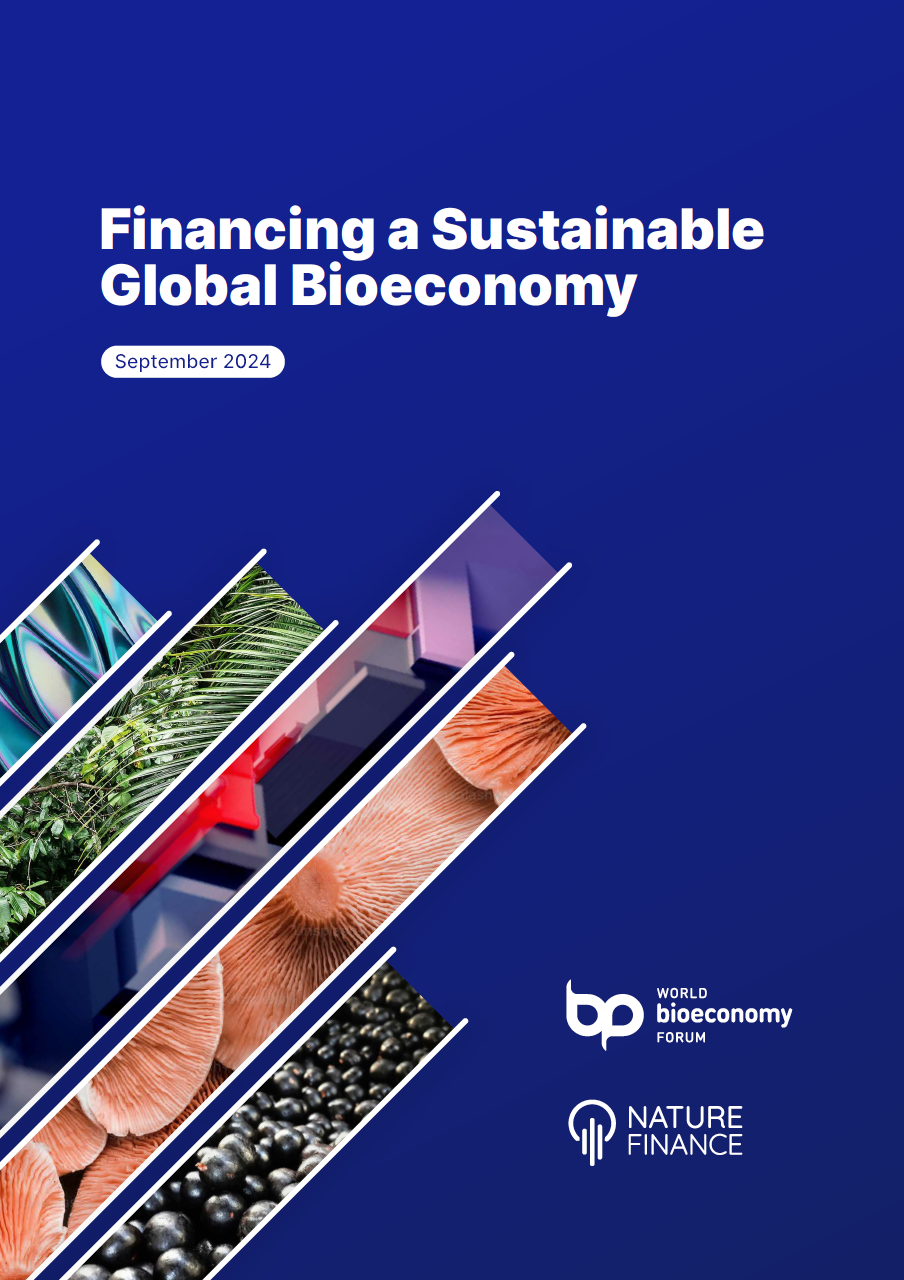This Taskforce on Nature Markets paper, with Ralph Chami and Andreas Merkl, maps the risks and equity implications in emerging nature credit markets as a new asset class, namely as natural assets arise, and new markers for ecosystem services develop.
About the paper
This Knowledge Product maps the risks and equity implications in emerging nature credit markets as a new asset class, namely natural assets arise, and new markers for ecosystem services develop. The focus of the analysis is on the newest nature markets, specifically, emerging nature credit markets, including carbon and biodiversity credit markets. The paper outlines some feasible pathways toward addressing these equity concerns, highlighting market as well as nonmarket mechanisms that can be designed and implemented “ex-ante” to avoid the harm that could accrue to nature itself and to IPCLs from unbridled new nature markets in search of profit maximization at all costs. Finally, it is argued that these nascent markets require a positive governance approach which embeds equity in its design and safeguards the promise of these new markets.
Key themes
- Defining equity in nature markets
- Risks in nature credit markets
- Embedding equity in market governance
- Non-market equity solutions
Highlights
- This paper puts forward a definition of equity which addresses systemic social inequalities as well as that of development history in which nature has been treated as infinite property to be extracted.
- Equitable market outcomes both locally and globally must address potential market failures and injustices by embedding protections for nature and ensuring equitable distributions of its rewards and sharing of benefits.
- The main risks that exist in these nascent and emerging markets include: expropriation of land and land access rights for IPLCs and other communities; unfair sharing of proceeds from projects and credits sales; exclusion of key communities from project design and approval; rent-seeking behaviour by intermediaries.
- This paper lays out three basic archetypical approaches to embed equity in nascent nature credit markets, applicable across nature markets, alternately focusing on ensuring the integrity of the product, the data, and/or the counterparties.
- These equity related issues imply a number of design imperatives. First and foremost, nature custodians must be involved in tailoring the financial contracts and ensuring their fair shares of proceeds over time. Second, the units of trade must be nature-based services, not natural assets like land. Third, given the length of nature asset life cycles, the interests of future generations must not be sacrificed.
Contact and more information
For more information, please email Ralph Chami ralphchami@naturefinance.net and Monique Atouguia: moniqueatouguia@naturefinance.net
For media and communications, please contact Ceandra Faria: ceandra.faria@f4b-initiative.net









